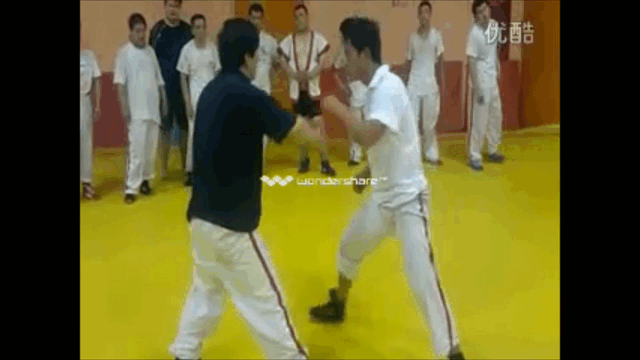I was going to write a detailed response to
@isshinryuronin but I liked your very concise answer.
This is party of the fundamental problem with a lot of martial theorycrafting online. There is so much pontification over these false dualities, when reality is fights are always in the moment, and fast.
So of course, as a pretty competent boxer and wrestler, I'm going to prefer to take you down for a list of reasons (e.g. I don't want to get hit in the face and controlling you is going to be preferable).
But I might not even have to take you down, because clinching you might solve the whole problem (e.g., if someone comes in at you, a nice firm clinch is better than a firm handshake, it has more de-escalation value than most people realize).
Compared to a lot of martial arts yahoos who think they're going to pull off some crazy move and disable you outright....I'd have to say standup wrestling, ground wrestling, boxing, in that order solves most fights with those types of people, because the truth is most of them have never actually fought, or been in a physical conflict where they ever learned to maintain their own self control, let alone control of another.



